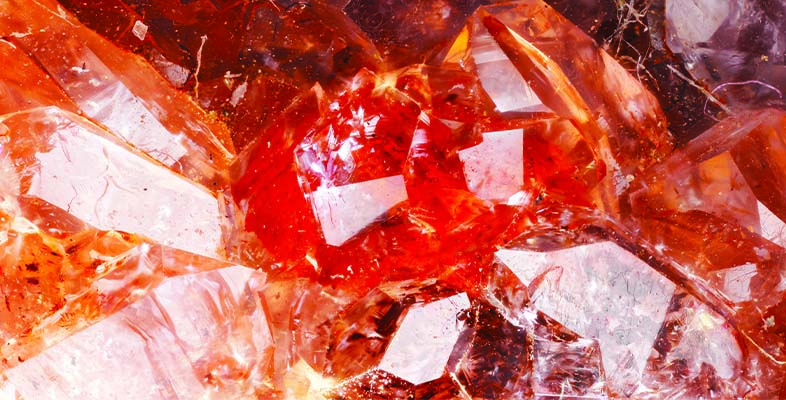3.3 Lustre
The term lustre refers to the surface appearance of a mineral, which depends on the way it reflects light. Quartz (Figure 5a) has a vitreous lustre, as do many other silicate minerals, such as feldspar. When transparent, like window glass or clear coloured glass, the term 'glassy' lustre may be used instead of vitreous: quartz, for example, often has a glassy lustre. Some opaque minerals scatter light very strongly, giving rise to shiny, reflective surfaces and a metallic lustre, such as seen in pyrite (Figure 5e) and magnetite (Figure 9a).
Other examples are pearly lustre (looking like pearls; Figure 9b), silky lustre (like shiny threads or fibres; Figure 9c), and a dull or earthy lustre (Figure 9d). Note that, as in the case of gypsum (Figures 9b and c), different varieties of the same mineral may show different types of lustre.

